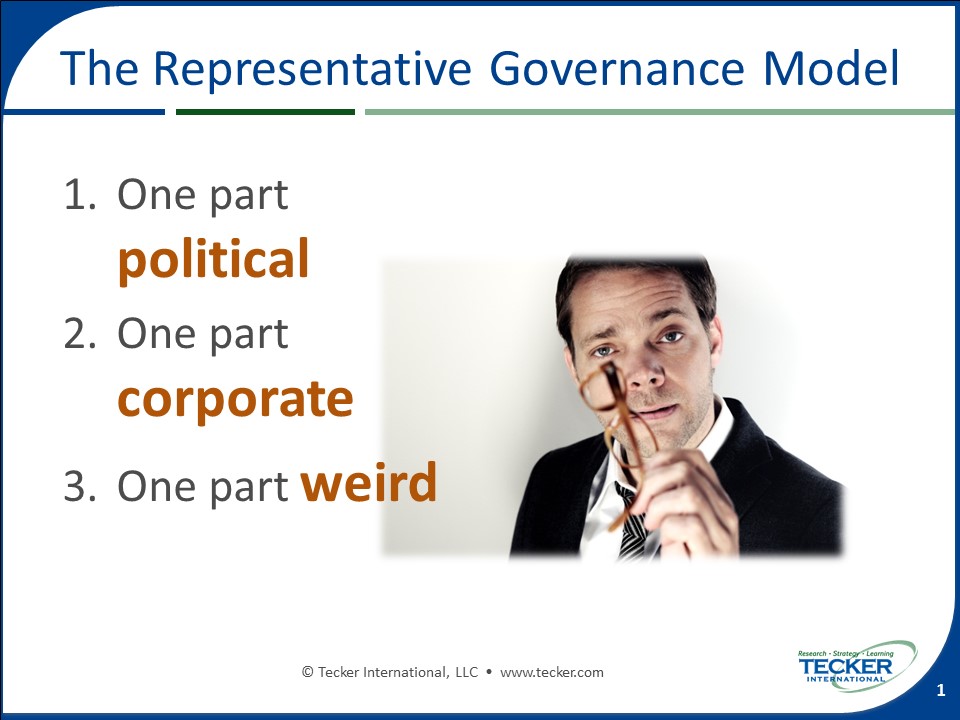Deming once observed that “every organization is perfectly designed to do exactly what it does.”
The governance model of the public sector is political. Its purpose is defining public policy. Representation of constituencies is central to its dynamic.
The governance model of companies is corporate. Its purpose is profit. Fiduciary responsibility to the value of a share is central to its dynamic.
The governance model of North American associations is a hybrid. Its purpose is to facilitate collective pursuit of shared purpose. It is peculiarly part political (election or selection) and part corporate (fiduciary duties of care, loyalty and obedience).
How open governance positions are filled is one manifestation of each model’s design. In all three models, form follows function and function follows purpose.
We find that exceptional member and staff leaders understand these subtle but fundamental differences. When they do not, we often observe attempts to impose the wrong behavior on a model it is not designed to fit.
Representative Governance Model from Tecker International on Vimeo.


